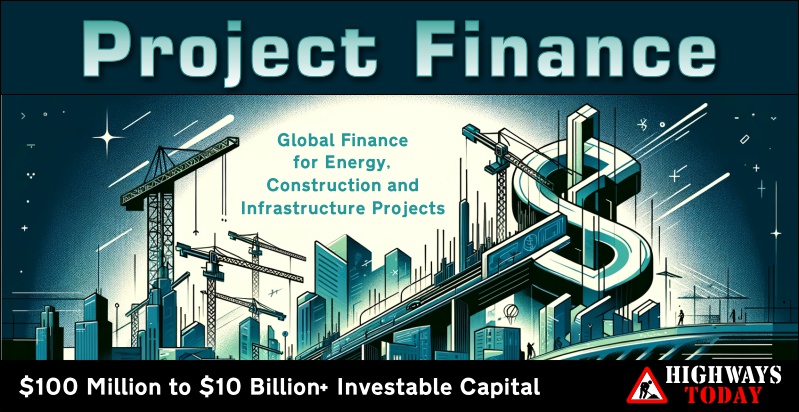Financing the Future of Renewable Energy
It’s a common misconception that the transition to renewable energy is a colossal challenge overwhelming the globe. In reality, the shift comprises myriad projects in wind, solar, waste-to-energy, and nuclear sectors—all poised and ready to go. What’s lacking isn’t opportunity or resources but rather a nuanced understanding of the significant capital available and how to tap into it.
The global reservoir of private capital earmarked for renewable ventures is staggering, totalling around $9.5 trillion. This pool of funds includes hedge funds, private equity, debt funds, asset managers, and family offices—all eager to invest in the green revolution.
According to the Cap-Gemini World Wealth Report 2020, Ultra High Net Worth Individuals (UHNWIs), owning $74 trillion in assets, have earmarked approximately 12.9% of their wealth to alternative investments, including renewable energy.
Reimagining Project Finance
Despite this vast availability of funds, outdated financial structures continue to stymie the realization of potential projects. One might argue that policy makers are still anchored in 20th-century financial frameworks, unable to leverage modern financial instruments to fuel the renewable sector. They seem oblivious to the potent capabilities of project finance—an investment structure evolving since the 1950s when it was first employed for large-scale infrastructure funding.
Project finance has matured significantly, now facilitating deals ranging from $50 million to over $10 billion across various sectors. Its unique feature is the focus on the financial viability of the project’s output rather than the borrower’s balance sheet. For renewable energy projects, this means that project finance is primarily secured against the Power Purchase Agreement (PPA) with entities committed to purchasing the energy produced. This structure makes renewable energy projects particularly attractive to private investors, who are not bound by the stringent lending regulations that hamper mainstream banks.
Private Capital’s Role
The shift from traditional banking to private capital investment over the past few decades has reshaped the investment landscape. Mainstream banks, restricted by regulatory frameworks, often shy away from financing unconstructed assets. In contrast, private capital funds, with their flexible lending criteria, are ideally positioned to finance these ventures. However, policy makers have yet to fully recognize or adapt to these evolving investment structures, thereby inflating energy costs and burdening consumers, especially in regions like the UK and Europe.
The Role of Policymakers
It’s high time energy policymakers, from the OECD to the World Bank and national governments, harness this substantial private capital. They could play a pivotal role in creating the interfaces or marketplaces needed for this capital to flow into renewable energy projects. Their failure to do so not only impedes the energy transition but also overlooks a crucial mechanism for economic and environmental sustainability.
Lloyds of London Insurance Wraps
Amid these financing dynamics, the role of risk mitigation cannot be overstated. Project finance’s inherent risk management is a beacon for investors seeking stable, long-term returns. Here, Lloyds of London and other insurance giants come into play, offering ‘Insurance Wraps’—a series of A+-rated insurance policies covering various risks from site safety to counterparty performance and PPA fulfilment. These wraps make project finance deals comparable to traditional fixed-income assets and are proving pivotal in extending these financial structures to projects in Africa and other developing regions.
In conclusion, unlocking the vast potential of renewable energy projects hinges on a sophisticated understanding of both the capital available and the innovative financial structures that can best leverage this capital. With billions at stake and the health of our planet in the balance, it’s imperative for policymakers, investors, and financial institutions to rethink and revitalize the ways we finance our sustainable future. This strategic shift could not only expedite the global transition to renewable energy but also offer robust economic growth and resilience against environmental challenges.






















